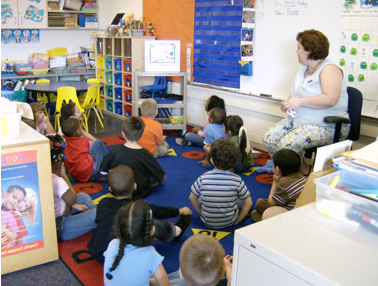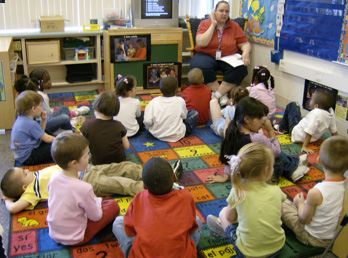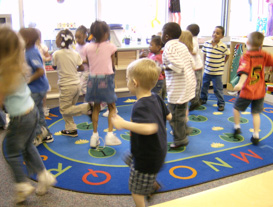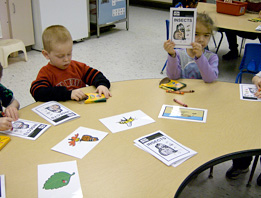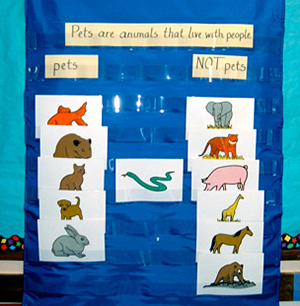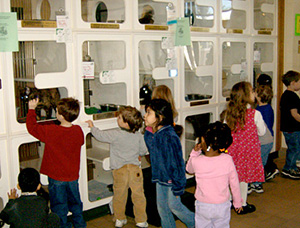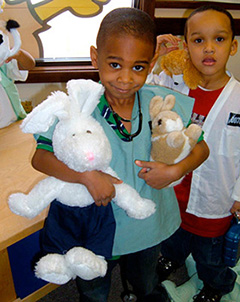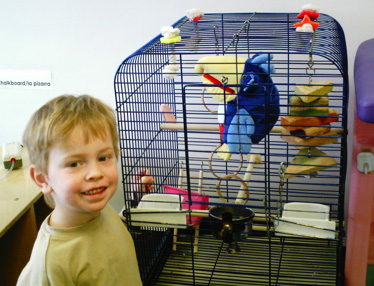As you know, I am a self-professed Waldorf fanatic. I love most everything about Waldorf Education: the aesthetic, the warmth, the slow pace, the integration of art, music, and movement, the focus on rhythm, the respect for nature...I'll stop myself there, but I could wax poetic about Waldorf for many hours. There is one place that I have found Waldorf to be lacking, though: curriculum. Waldorf follows a very structured, prescribed curriculum through the grades. The content is based on Rudolf Steiner's philosophy of child development, and while I do think that some children live a path parallel to the Waldorf curriculum, many do not. Not all children grow or develop at the same pace, and not all children in seventh grade will be interested in the voyages of explorers (even if those children
are embarking on the great voyage of adolescence).
Better and more inspiring in my eyes is the flexible, inquiry-based approach to curriculum found in Reggio Emilia schools. I find myself drawn back again and again to the amazing projects completed by Reggio students, and I decided to read more on the topic for this week's blog post. Jean Anne Clyde, a professor of education at University of Louisville, partnered with a group of elementary and early childhood educators to write the article,
Teachers and Children Inquire into Reggio Emilia (published in Language Arts and accessible
here). Clyde et al identify five distinctive characteristics of Reggio Emilia education:
1. Children as Protagonists of Their Own Learning
Howard Gardner describes Reggio's vision of children as "active, engaged, exploring young
spirits capable of remaining with questions and themes for many weeks, able to work
alongside peers and adults, welcoming the opportunity to express themselves in many
languages, to create new ones, and to apprehend and enter into those modes of expression
that are fashioned by their age mates."
2. The Hundred Languages of Children
This phrase, seemingly synonymous with Reggio, comes from a
poem written by its
founder, Loris Malaguzzi. Malaguzzi describes children as possessing a hundred different
means to express their ideas and questions. In our literary context, I think we may rephrase
this as children having "a hundred literacies." Reggio students are encouraged to use a
multitude of media to describe their thinking, including (but definitely not limited to)
writing, drawing, photography, sculpting, and acting. Aligning with Gardner's theory of
multiple intelligences, different students will prefer different means of communicating. Part
of the Reggio teacher's duty is ensuring that students have easy access to the materials they
need, and the classroom becomes an
atelier (studio).
3. Inquiry-Based, Long-Term Projects as Vehicles for Learning
As briefly explained above, Reggio Emilia does not operate on a curriculum, but allows
students to develop large, long-term projects based on their inquiry. Usually an inquiry topic
is followed by a whole class, and comes from student questions, often after observing a
spontaneous event, like a milkweed pod bursting into seed. The Reggio teacher helps guide
student inquiry through open-ended questions, but students take the reigns for how the
project progresses. Clyde et al write that "investigations result in real-life problem solving
among peers, and numerous opportunities for creative thinking and exploration."
4. Documentation as Communication: "Making Learning Visible"
One of the most time- and work-intensive responsibilities for a Reggio teacher is
documenting the process of student learning. As the students go about investigating and
exploring, the teacher collects physical artifacts of their learning (drawings, writing, etc),
and documents non-physical work through photographs, videos, and audio transcripts. All
of this information is then compiled into
documentation panels, poster displays that work as
a timeline of student learning and documentation of the project's evolution. Documentation
panels can be viewed by administration, other teachers and students, parents, and--most
importantly--the students themselves, who often form new questions and ideas when
reviewing their previous work.
5. Teachers as Researchers and Collaborators
Reggio teachers are both guides and co-learners. They keep up with student questions and
ideas, and work to anticipate possible paths that projects could take. They work as
mediators, helping children to ask meaningful questions and develop goals for their
learning. They plan experiences that may trigger student inquiry, and they collaborate with
other teachers to build deeper understanding of students as learners and teachers.
(please note: If I were to make this list, I would also include a sixth characteristic: The Classroom as the Third Teacher. Reggio Emilia places great emphasis on the need for aesthetically pleasing, flexible spaces that allow students to freely explore their inquiry projects and enhance their ability to learn.)
Much like the situated literacy project
The Donut House, Reggio Emilia projects treat literacy as a tool for investigation--a means to getting to the end, which is understanding and communication. Clyde et al describe an investigation by a first grade class into the mystery of an empty pond on the school grounds: "[The students] learned to read informational texts, use the index and table of contents, present information using various modes, and assert hypotheses. Their use of diagrams, labels, and drama to support their hypotheses was an efficient and effective way to apply principles of summarizing, analyzing, and accommodating information." For the students in a Reggio Emilia classroom, writing, math, and art are not subjects to be studied, but just a few of the hundred languages that students utilize when exploring their world.
The more I learn about the Reggio Emilia approach to education, the more inspired I become. I still have many questions to answer: What is the place of more traditional literacy instruction in Reggio? What does Reggio look like for older children? Like the students in Reggio schools, I will continue to strive to understand, and I'm sure I'll form many more questions on the way. But I do know that I am very excited by the notion of these Hundred Languages. I'm ready to listen.
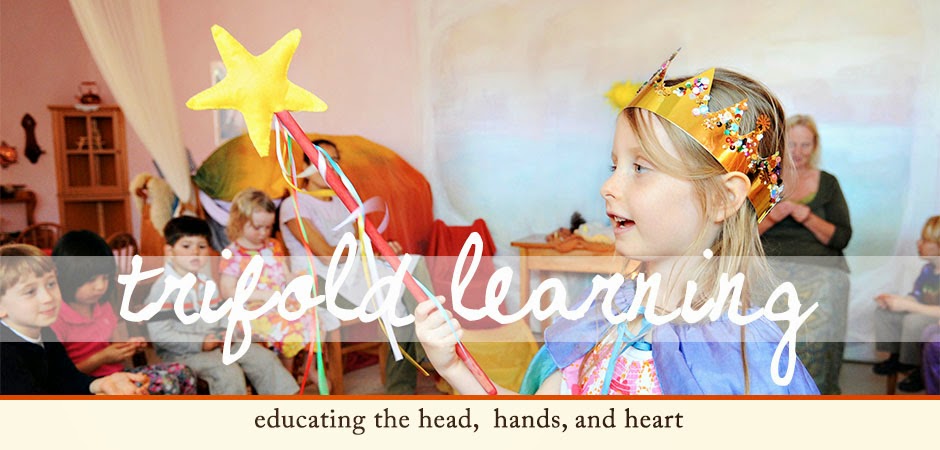
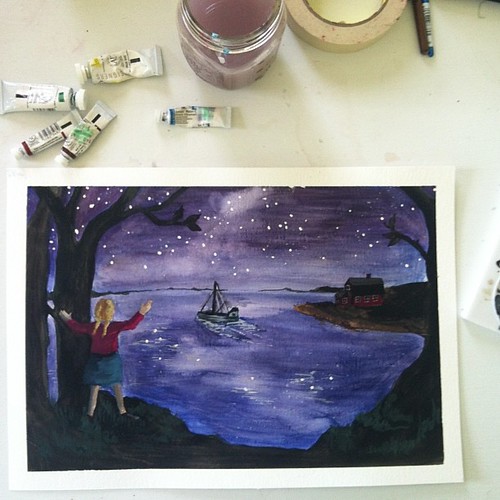

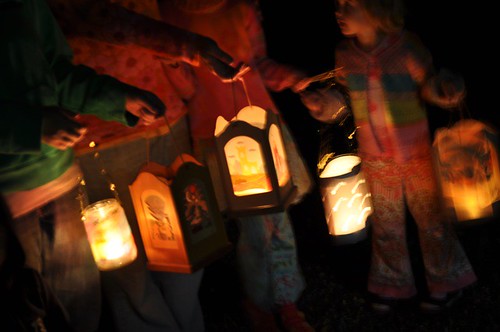








.jpg)




